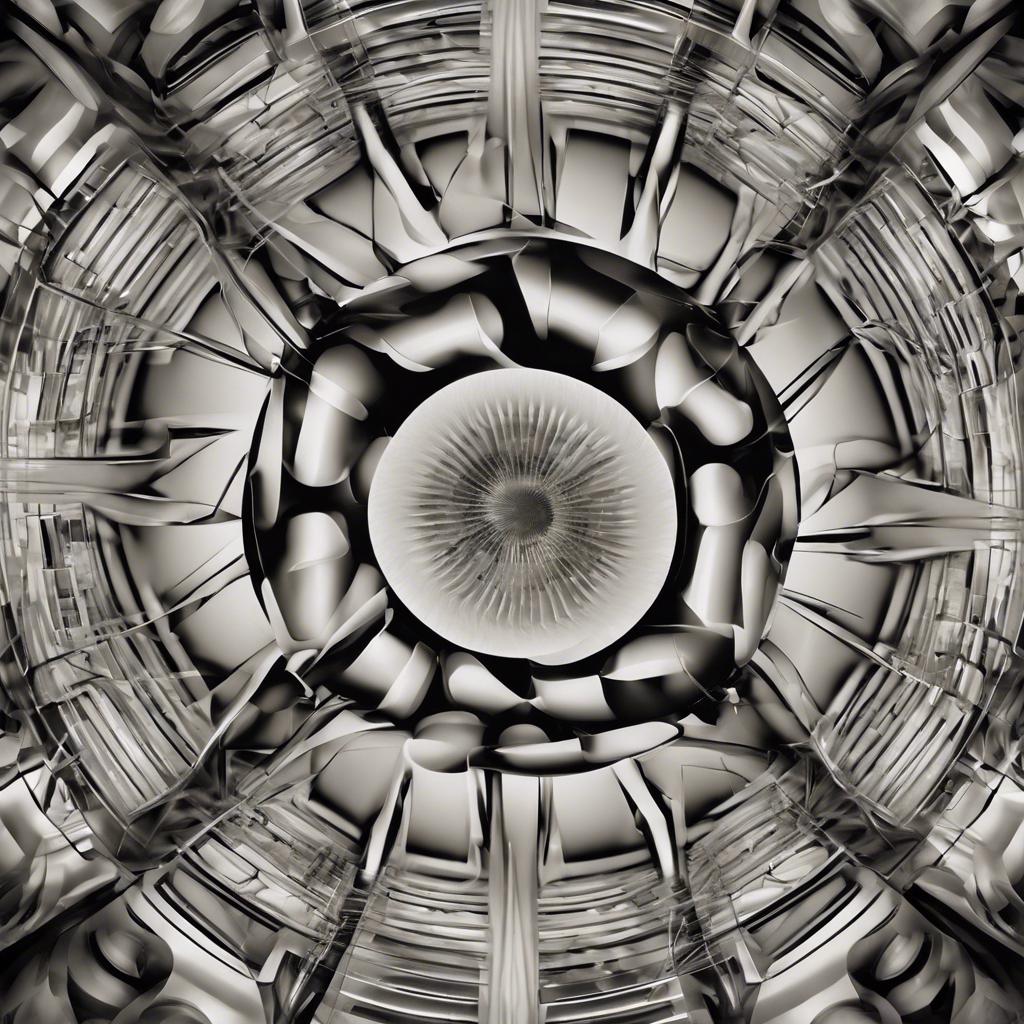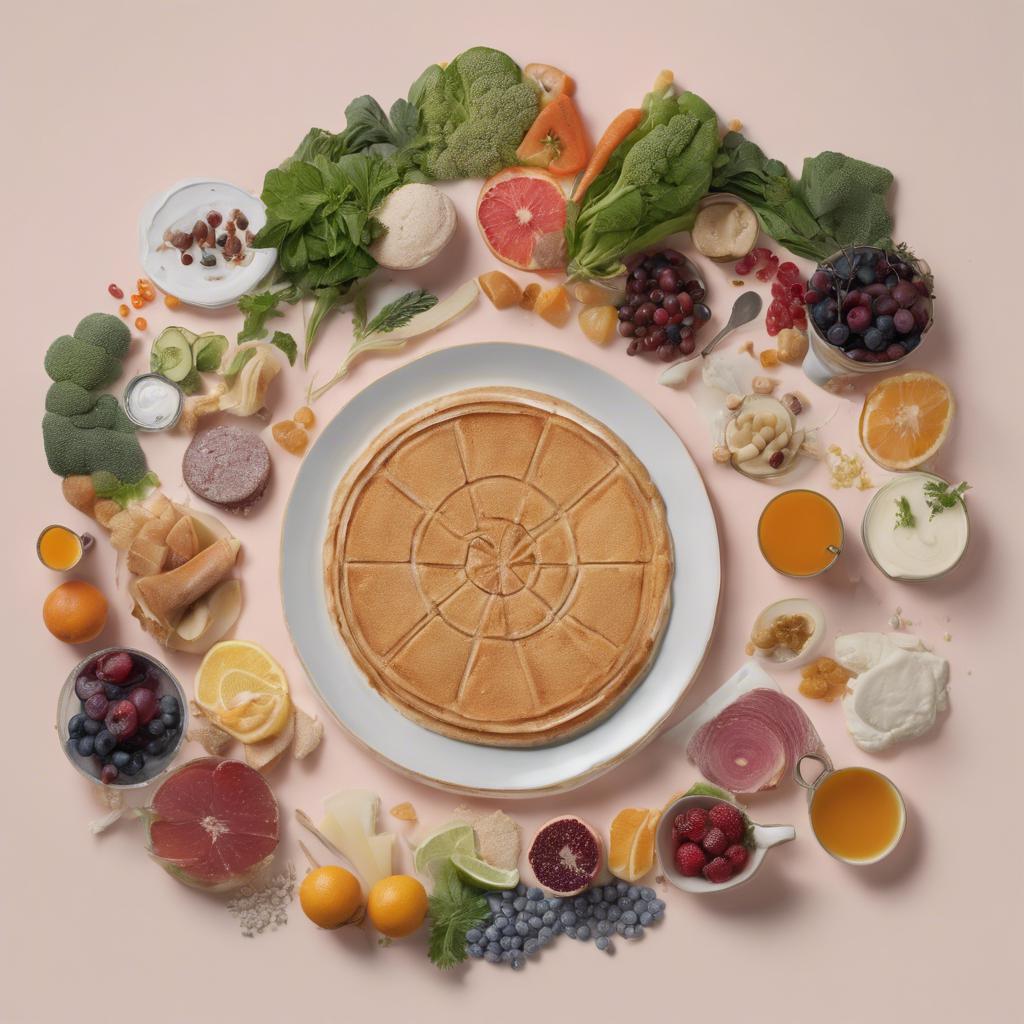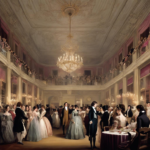In the Victorian era, food played a significant role in society and was often used as a status symbol. From elaborate dinner parties to simple home-cooked meals, the type of food one consumed could determine one’s social standing. In Jane Austen’s beloved novel, “Pride and Prejudice,” food is mentioned frequently as a way to showcase characters’ personalities and values. In this article, we will explore the significance of food in “Pride and Prejudice” and how it reflects the social hierarchies of the time.
Step Into the World of Cheryl Bolen
Dive into the enchanting stories of love, intrigue, and elegance set in the Regency Era. Cheryl Bolen's novels offer timeless romance and captivating tales that will leave you wanting more.
Explore Cheryl Bolen's Books Now
Heading 1:
When discussing the culinary world of “Pride and Prejudice,” one cannot help but be transported to the elegant dining rooms and lavish feasts depicted in Jane Austen’s timeless novel. The food in this classic work of literature is not merely a backdrop but plays a significant role in shaping the characters and their interactions.
From elaborate dinner parties to quaint country picnics, the food in “Pride and Prejudice” serves as a reflection of social status, wealth, and manners. The meticulous descriptions of meals and menus give us insight into the characters’ personalities and relationships, showcasing the importance of etiquette and propriety in Regency-era England.
Whether it’s the elaborate spreads at Netherfield Park or the simple offerings at Longbourn, every meal in “Pride and Prejudice” is steeped in tradition and symbolism. The dishes served not only tantalize the taste buds but also provide a glimpse into the customs and conventions of the time, making food an integral part of the storytelling in this beloved novel.
The Gastronomic Significance of Food in Pride and Prejudice
One cannot overlook the gastronomic significance of food in Jane Austen’s classic novel, Pride and Prejudice. Food plays a vital role in the social interactions and societal norms of the characters, reflecting their personalities and relationships. The meals, dinners, and tea gatherings are not just opportunities for sustenance, but also for displaying wealth, status, and manners.
In the Regency era, food was not just a means of nourishment but also a symbol of social class. The lavish dinners and elaborate spreads at balls and gatherings in Pride and Prejudice serve as a backdrop for the characters’ interactions and the underlying tensions between them. The choice of food, the way it is presented, and the manner in which it is consumed all play a part in revealing the characters’ true intentions and emotions.
Key Points:
- Food as a symbol of social class.
- The role of food in displaying wealth and status.
- Food as a backdrop for character interactions and tensions.
Heading 2:
Pride and Prejudice Food
When we think of the food in Jane Austen’s Pride and Prejudice, we often picture elegant dinner parties and lavish spreads. The regency era was known for its elaborate meals, with a focus on presentation and etiquette. From delicate finger sandwiches to decadent desserts, food played a crucial role in social gatherings and courtship in the novel.
In the world of Pride and Prejudice, food was not just sustenance, but a symbol of status and refinement. The Bennet family’s modest meals at Longbourn contrasted sharply with the lavish feasts enjoyed by characters like Mr. Bingley and Lady Catherine de Bourgh. The way characters interacted with food, whether it be Mr. Collins’s obsequious compliments or Mrs. Bennet’s endless chatter about dinner parties, revealed much about their personalities and social standing.
From the traditional English breakfasts to elaborate dinner parties, food in Pride and Prejudice played a pivotal role in the social dynamics of the time. The meticulous descriptions of meals in the novel provide a glimpse into the opulent world of the regency era, where every morsel was carefully prepared and served with precision. As we delve into the culinary world of Jane Austen’s masterpiece, we uncover a rich tapestry of food and culture that continues to captivate readers to this day.
Elegant Dining Practices and Social Status in Regency Era
In the Regency Era, elegant dining practices were not only a means of sustenance but also a way to showcase one’s social status and refinement. The way food was prepared, served, and consumed reflected the sophistication and cultural norms of the upper class during this period.
During formal dinners, a strict etiquette was followed to ensure a harmonious and graceful dining experience. Table manners were of utmost importance, with guests expected to sit upright, use the proper utensils, and engage in polite conversation. The seating arrangement also played a significant role in demonstrating hierarchy and respect among guests.
Moreover, the type of dishes served at these gatherings was a reflection of the host’s wealth and taste. Elaborate multi-course meals consisting of soups, meats, vegetables, and desserts were common, each dish carefully prepared and presented to impress the guests. The use of fine china, silverware, and crystal further elevated the dining experience, adding an air of sophistication and elegance to the table.
Heading 3:
In Georgian England, food played a significant role in society, reflecting social status, etiquette, and cultural norms. The Regency period, during which “Pride and Prejudice” is set, was a time of elaborate meals and elegant dining experiences. From lavish balls to intimate family gatherings, food was used as a means of displaying wealth and sophistication.
Regency Dining Etiquette:
- Dining was a formal affair, with strict rules on manners and etiquette.
- Meals were served in multiple courses, starting with soups and ending with dessert.
- It was customary for guests to wait for the hostess to begin eating before they started their meal.
Popular Regency Dishes:
- Roast meats such as beef and pork were common centerpieces for dinners.
- Poultry dishes like roast chicken or duck were also popular choices.
- Sweet treats like trifles, tarts, and puddings were enjoyed as desserts after a meal.
| Dish | Ingredient |
|---|---|
| Roast Beef | Beef, herbs, spices |
| Trifle | Sponge cake, fruit, custard |
| Roast Duck | Duck, orange sauce |
Exploring Culinary Traditions and Recipes of the Georgian Era
In the Georgian era, food was not just a means of sustenance but a reflection of social status and cultural identity. The culinary traditions of this period were characterized by elaborate feasts, extravagant ingredients, and unique cooking techniques. From delicate pastries to hearty roasts, Georgian cuisine was a celebration of flavors and textures that delighted the senses.
One of the most iconic dishes of the Georgian era was the Roast Beef with Yorkshire Pudding, a hearty and filling meal that graced the tables of the upper classes. The beef was roasted to perfection, seasoned with a blend of herbs and spices, and served alongside a fluffy Yorkshire pudding made from a simple batter of flour, eggs, and milk. This dish symbolized both the opulence and the comforting familiarity of Georgian cooking.
| Recipe: Roast Beef with Yorkshire Pudding | Servings: 6 |
| Ingredients: | |
|
|
| Instructions: | |
|
|
Heading 4:
Feasting in the Regency era was a grand affair, with elaborate dishes and luxurious ingredients gracing the tables of the upper class. In the world of “Pride and Prejudice,” food played a significant role in social gatherings and courtship rituals, reflecting the status and refinement of the characters.
From delicate pastries to sumptuous roasts, every meal was a display of wealth and taste. The Bennet family’s modest table contrasted with the opulence of the Bingleys and the Darcys, highlighting the social divide of the time. Fine china, crystal glasses, and polished silverware were essential elements of a proper dining experience.
Whether it was the elegant balls at Netherfield or the intimate dinners at Pemberley, food was used as a means of communication and expression. The intricate flavors and exotic spices brought excitement and pleasure to the diners, creating a sensory experience that mirrored the emotions and tensions of the story.
Recommendations for Hosting a Literary-inspired Feast:inline
For a literary-inspired feast based on “Pride and Prejudice,” it is essential to include dishes that reflect the elegant and refined nature of the Regency era. Start off with a traditional English high tea complete with delicate finger sandwiches, scones with clotted cream and jam, and assorted petit fours. This will set the tone for a sophisticated dining experience worthy of Jane Austen herself.
For the main course, consider serving a classic English roast beef with Yorkshire pudding, accompanied by buttered green peas and roasted potatoes. This hearty dish was a staple of the Regency period and will surely impress your guests with its rich flavors and comforting appeal. To add a touch of sophistication, you could also include a selection of fine cheeses and fruits for a cheese course following the main meal.
To top off the evening, indulge in a decadent dessert course featuring an array of sweet treats such as lemon curd tarts, trifle, and English truffles. Pair these delectable delights with a selection of fine teas or a glass of sherry for a truly indulgent end to your literary-inspired feast. Your guests will be delighted by the attention to detail and authenticity of the menu, making it a dining experience they won’t soon forget.
Final Thoughts
the cuisine depicted in Jane Austen’s “Pride and Prejudice” not only serves as a source of sustenance for the characters, but also plays a significant role in the social interactions and class distinctions of the time. From elaborate feasts at the grand estates to simple meals in the humble cottages, food in this novel reflects the values, behaviors, and etiquette of Regency era society. As we delve into the culinary world of “Pride and Prejudice,” we gain a deeper understanding of the complexities and nuances of life in this bygone era. Let us savor these literary flavors and continue to explore the rich tapestry of history through its gastronomic delights.


